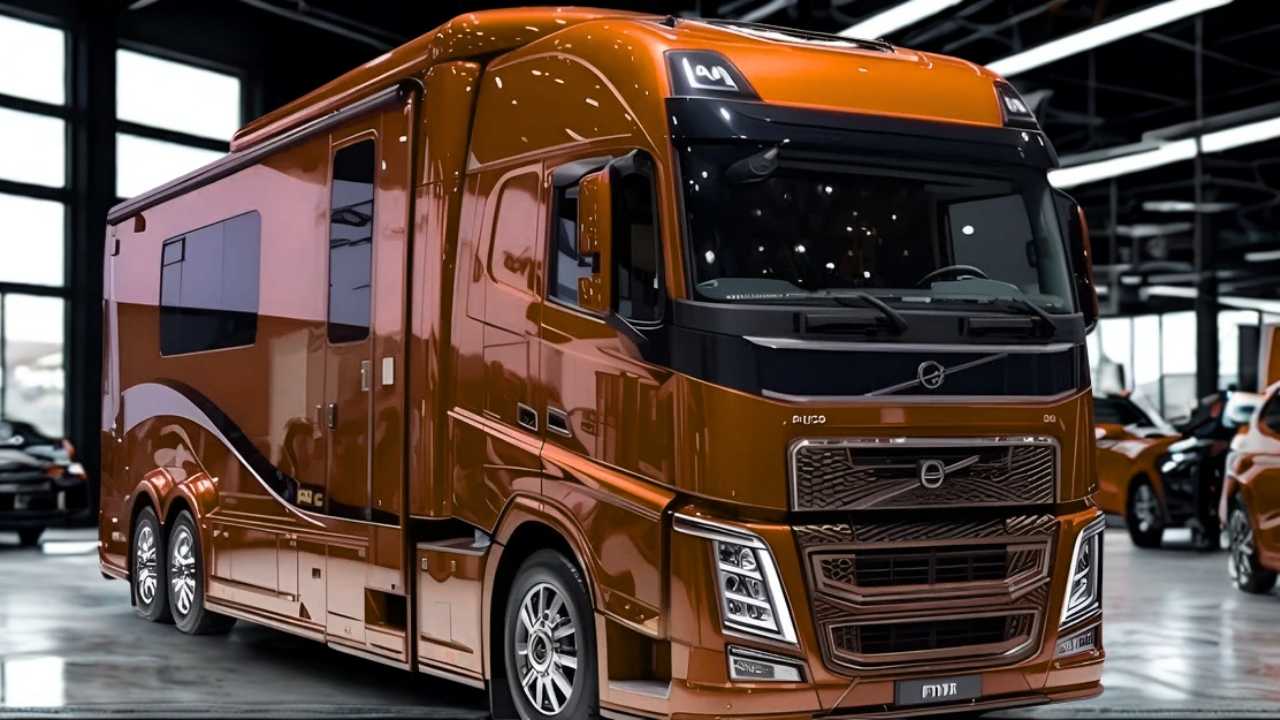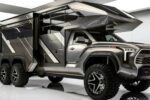While Volvo currently offers the V90 as a high-end wagon, the idea of a 2026 Volvo V90 Motorhome allows us to imagine how its strong fundamentals might translate into a compact, premium mobile living space. The V90 Cross Country comes with a 2.0-litre turbocharged four-cylinder mild-hybrid engine producing around 295 horsepower and 310 lb-ft of torque. Fuel economy is estimated at 22 miles per gallon in the city, 29 miles per gallon on the highway, and 25 miles per gallon combined. The foundation is a luxury wagon with refined interior and all-wheel-drive capability, suggesting that if adapted into a motorhome format, it could offer comfortable road-trip living rather than the bulkiness of traditional RVs.
When was the 2026 Volvo V90 introduced and what is the timeline for a motorhome variant?
The 2026 model year of the V90 Cross Country has been detailed as the latest iteration of the wagon, with pricing starting around sixty-six thousand nine hundred dollars in the US market for the base trim. While Volvo has not announced a dedicated motorhome version, a conversion could logically follow the standard model’s release. Several sources indicate that the V90 wagon may be nearing the end of its production run in some regions, so a motorhome adaptation would be a forward-thinking move. The timeline for such a variant could appear in late 2025 or during the 2026 model cycle.
How is the engine performance, drivetrain, and smart technology arranged in this model?
The 2026 V90 Cross Country features a 2.0-litre inline-four engine with turbocharging and mild-hybrid support, producing 295 horsepower and 310 lb-ft of torque. It comes with an eight-speed automatic transmission and all-wheel-drive. The wagon can accelerate from zero to sixty miles per hour in about 6.9 seconds. If used in a light motorhome conversion, performance would slightly decrease due to added weight but remain credible. Volvo’s smart technology includes a 12.3-inch driver display, a nine-inch center touchscreen with Android-based infotainment, Google Maps, Google Assistant, four USB-C ports, and wireless charging. These systems would make a motorhome variant modern, connected, and comfortable for long journeys.
What is the expected mileage and real-world fuel economy?
The wagon model offers 22 miles per gallon in the city, 29 on the highway, and 25 combined. In a motorhome configuration, these figures would decrease because of added weight, larger wheels, roof-mounted equipment, and the demands of living-space systems like lighting, HVAC, and appliances. Real-world fuel economy could fall to the low twenties in miles per gallon or roughly ten to twelve liters per hundred kilometers. Despite this reduction, the compact premium motorhome concept would remain more fuel-efficient than larger traditional RVs that often reach ten to fifteen miles per gallon or less.
What is the pricing and how would a motorhome variant compare?
The standard 2026 V90 Cross Country wagon starts at approximately sixty-eight thousand dollars in the US. A hypothetical motorhome adaptation would add a premium for interior conversions such as beds, kitchens, bathrooms, storage, electrical systems, insulation, solar panels, and water management. Depending on configuration, the added cost could easily reach tens of thousands of dollars. Despite the higher cost, the V90 Motorhome would offer a unique combination of luxury ride quality and premium materials, setting it apart from standard compact motorhomes.
How does the 2026 Volvo V90 Motorhome concept appeal to potential buyers?
Imagining a V90 Motorhome highlights its refined Swedish engineering, strong and efficient engine, all-wheel-drive capability, advanced safety systems, and modern infotainment. This makes it suitable for road trips without sacrificing comfort or driving experience. Buyers who value a luxury vehicle feel over sheer size or RV appearance would find it appealing. The main trade-offs would be higher costs and slightly lower fuel economy compared to the wagon base. For those seeking a premium, compact motorhome that drives like a luxury car, this concept is compelling.



